Deb Abraham Spalding
Willle Stover won first place at the Gettysburg Bike Show this year with his barn find 1948 WL Flathead 45 Harley Davidson he purchased from a Thurmont resident, Walter “Mack” Phebus, a former motorcycle mechanic at Delphey’s Sports and Hardware Store in Frederick. “It was meant to be for us to meet,” Willie said, “This is a Frederick-Thurmont bike, and it’s staying in this area.”
Willie won $500 for first place for that bike. It was the bike’s “first time out after many years,” Willie said, “Finding a rare bike, seeing the photos of the bike back in the day, and talking about the history with the owner is a real treasure!”
Willie belongs to AMCA Antique Motorcycle Club of America. After purchasing the bike on June 3, 2021, he rebuilt the transmission. Within a week, he had it up and running, and soon after, while riding it, he got hit by a van in Smithsburg. “Luckily” Willie said (and he was serious), “I was hurt more than the bike!”
After healing from his injuries, Willie straightened out the motorcycle’s original parts and it’s now back on the road again and will be entered in more bike shows.
Mack and the Blue 1948 WL Flathead 45
Mack knew he had to have the blue 1948 WL Flathead 45 as soon as he saw it! At the time, in 1952, he was a motorcycle mechanic at Delphey’s Sports store in Frederick, when a guy from Mount Airy traded the blue 48 Flathead in for a K Model Harley, a faster bike. Mack said, “In all my travels, I’ve never seen one like it. I was so afraid someone else was going to buy it before me.”
This took place during a big transition for Harley Davidson, as the first year of the new foot shift came out in the 1952 K model. The clutch was moved from the heel toe to the handlebar. Back in those days, you had to kick a bike to start it. The first year of an electric start bike was 1965.
Mack was born in 1934 and raised in Frederick. His father, also named Mack, rode a JD Harley Davidson motorcycle. After WWII, there were so many of the olive drab green Harleys that his dad bought one and rode it all over the country. Then, his dad rode a 1945 WL Flathead until he died.
Dottie and Mack Sittin’ On That Blue Harley
Dottie was born in 1936 and was raised in Frederick, just two miles from Mack. While he didn’t have trouble attracting women while riding the ‘48, he only had eyes for Dottie. He and Dottie rode the blue ‘48 often. They have now been married 68 years. Mack and Dottie built a family, having three children. Soon, the ‘48 was parked in a shed when their money had to go to raise the family. “But I kept the ‘48!” Mack declared.
Mack worked for Maryland State Highway Administration for 31 years, retiring in 1985. The Phebus’s have now lived in Thurmont for 29 years. Mack quit riding in 1968 when the helmet laws were introduced.
Delphey’s Sports Store
Mr. Delphey owned and operated Delphey’s Sports Store on West Patrick Street in downtown Frederick for more than 60 years. The Heart of Maryland Motorcycle Club was run out of Delphey’s and was one of the oldest clubs around. Delphey’s also started the first half-mile flat-track races in 1922. They’re still going on today, over 100 years later.
Safety Message from Mack
“Most of the guys that I rode with are gone,” Mack reminisced, “You generally pick a friend and ride around together. We rode all over the country. When I started riding, there were a lot of dirt roads. My bike had crash bars on both sides. I upset twice and those crash bars protected my legs.” Mack explained that there aren’t too many with the crash bars these days. They’re now called engine protectors to protect the gas tank if the bike falls.
“When President Eisenhower started building highways, the speed went up and there were more accidents. There’s a lot of oil on the highway. When roads are wet, that road is greasy and slippery. The motorcycle walks. It’s dangerous. I tell everybody, ‘Slow down on the road that’s wet because it’s dangerous,’” Mack added.

Willie Stover, the new owner of the 1948 WL Flathead 45, is shown.
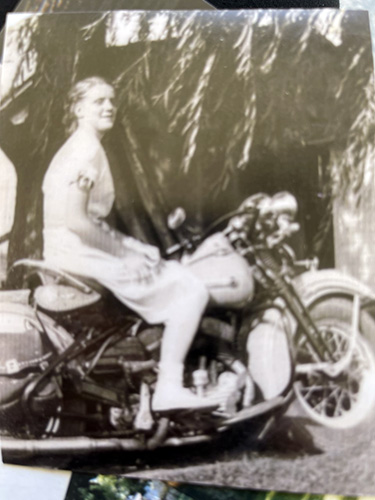
Dottie Phebus is shown on the 1948 WL Flathead 45 on W. Patrick Street in Frederick. She was in high school at the time.
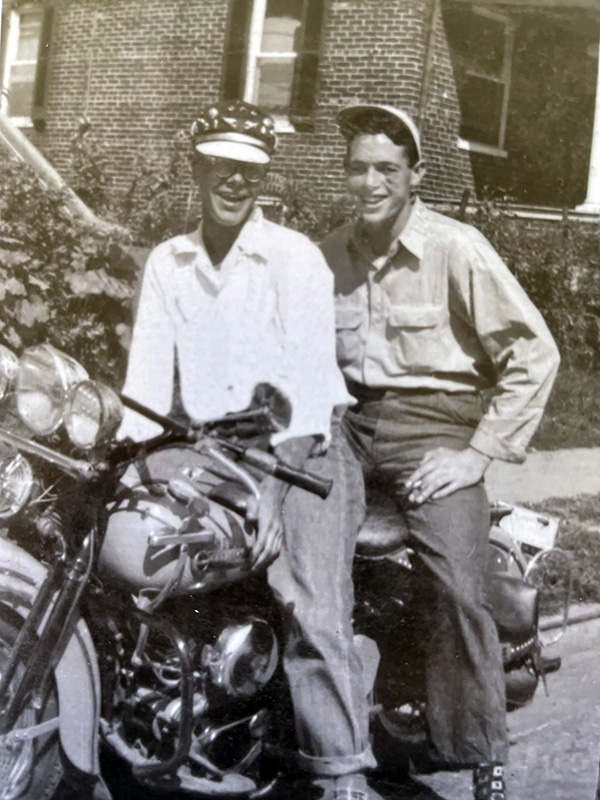
Mack Phebus and his father, Mack Phebus, are shown on the 1948 WL Flathead 45. “We never rode each other’s motorcycles.”


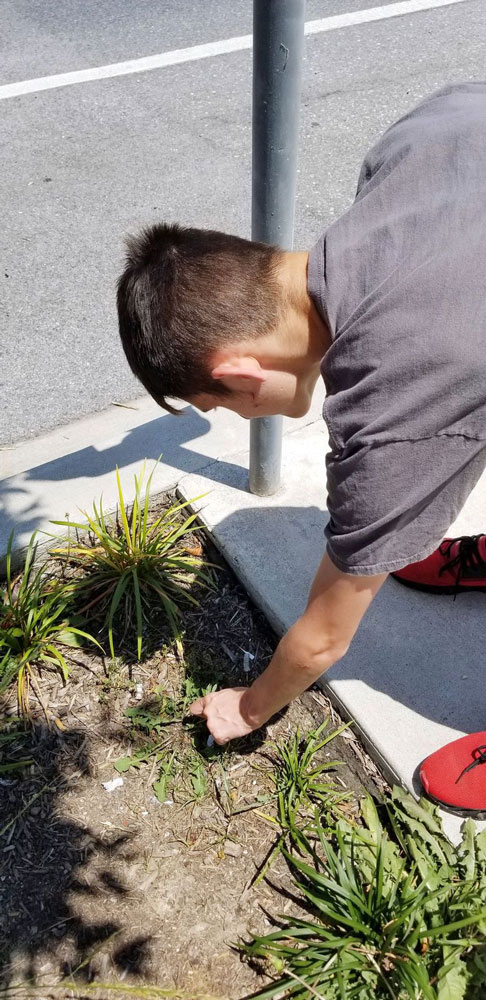

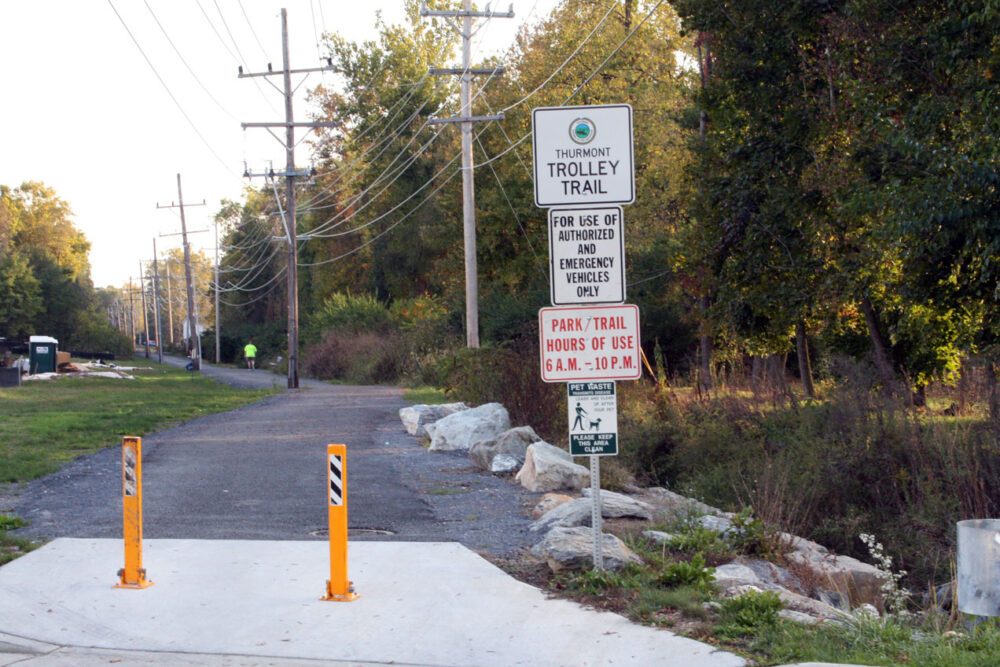
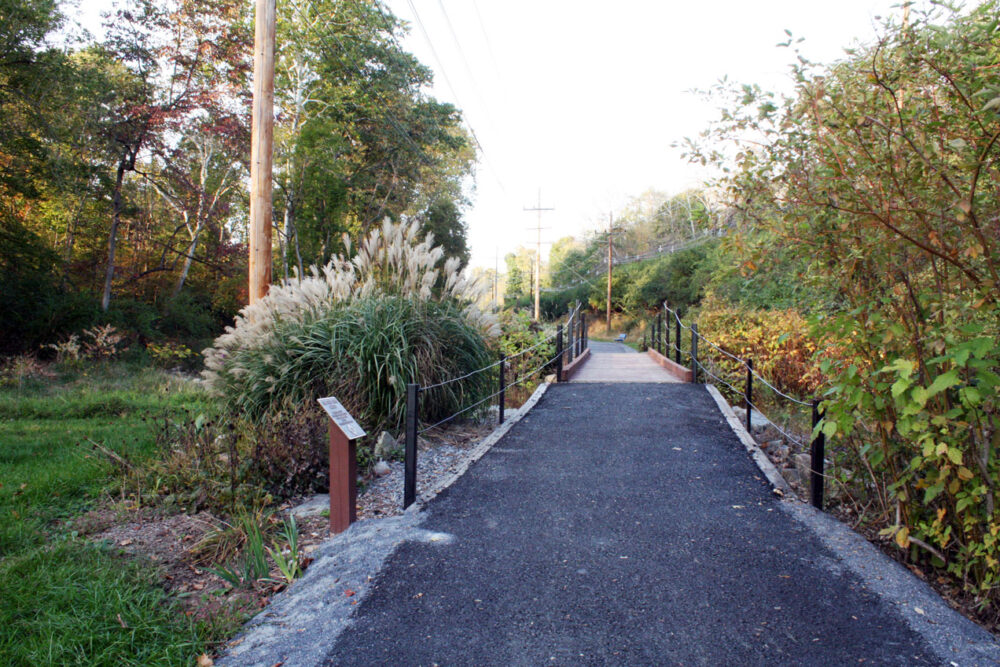
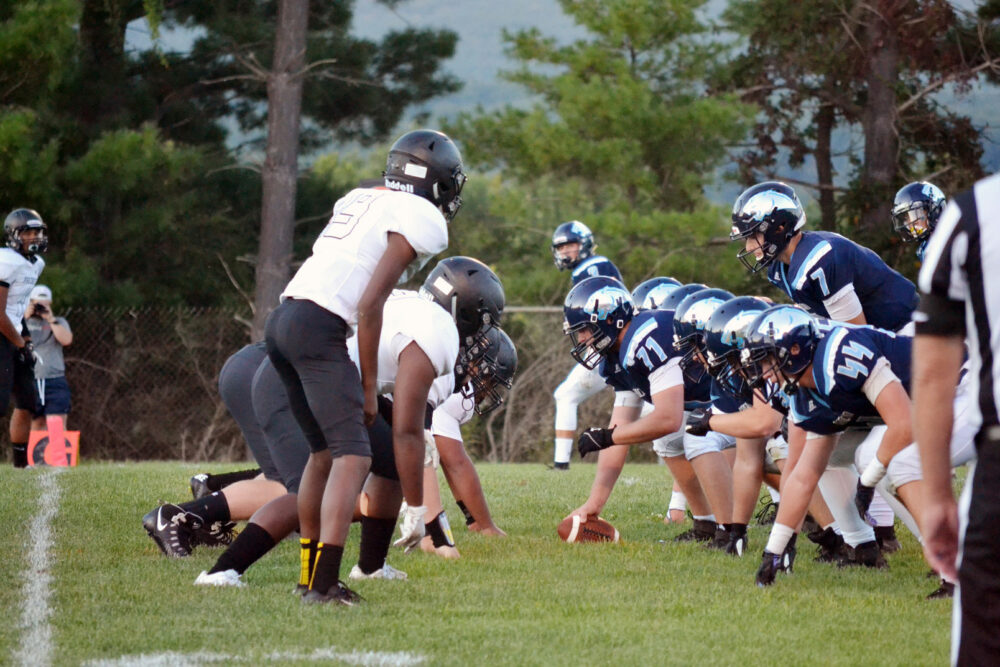

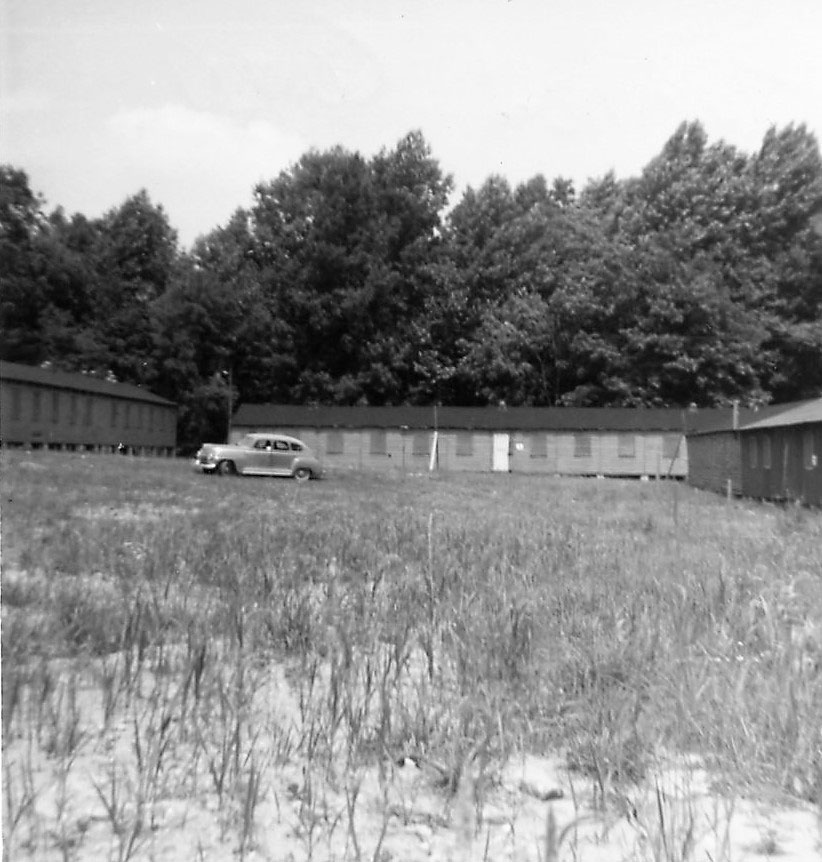
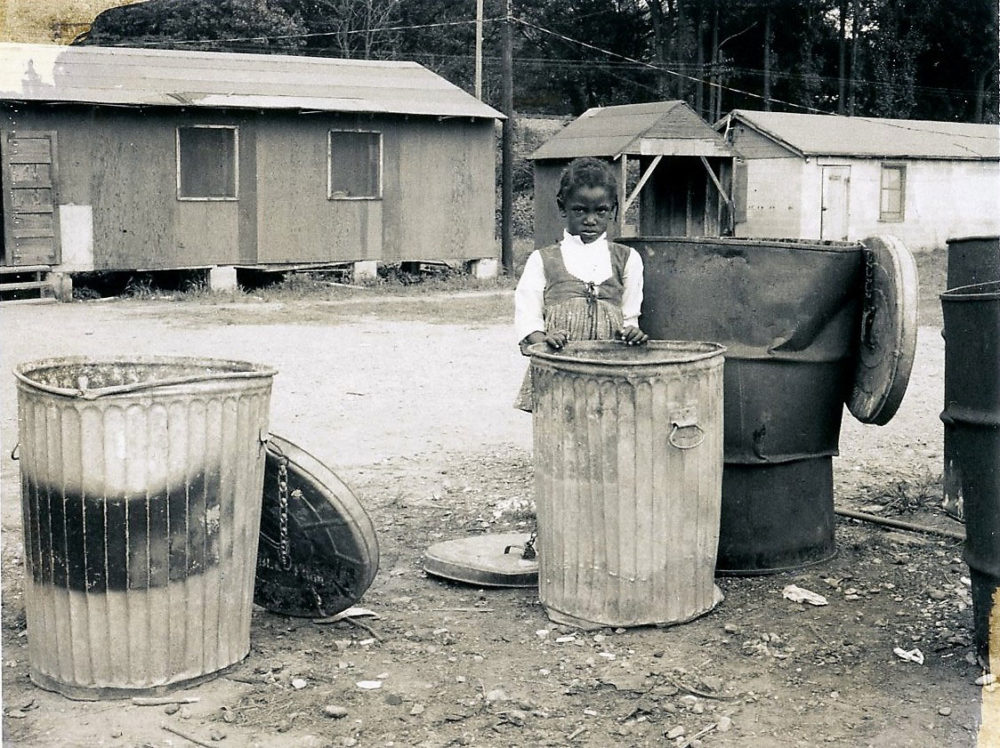
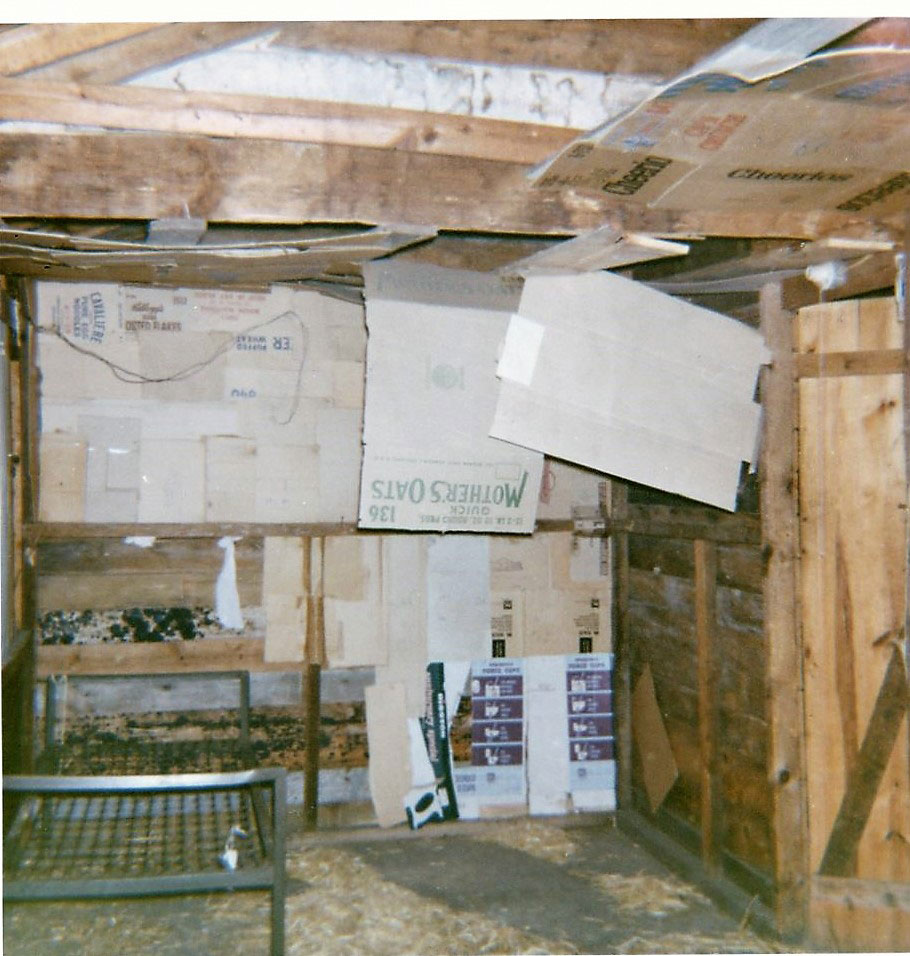
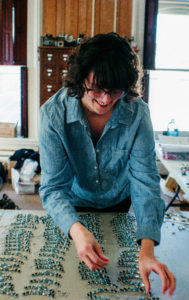
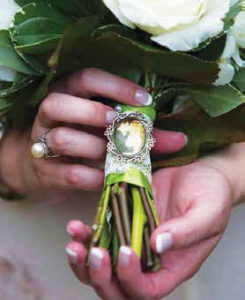

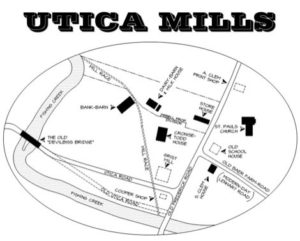
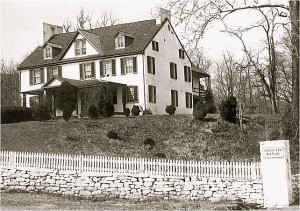 Most are familiar with the historic site of Rose Hill Manor alongside Governor Thomas Johnson High School in Frederick. This classically southern home— built over eight years, beginning in 1790, for Thomas Johnson’s daughter, Ann, after she and her husband received the land as a gift from her father on the eve of their nuptials—became popularly known as the final home of Thomas Johnson. Rose Hill is a fantastic illustration of early-American residential architecture and the Maryland-style plantation home. Thomas Johnson spent the last twenty-five years of his life, from 1794-1819, living as a guest in the mansion.
Most are familiar with the historic site of Rose Hill Manor alongside Governor Thomas Johnson High School in Frederick. This classically southern home— built over eight years, beginning in 1790, for Thomas Johnson’s daughter, Ann, after she and her husband received the land as a gift from her father on the eve of their nuptials—became popularly known as the final home of Thomas Johnson. Rose Hill is a fantastic illustration of early-American residential architecture and the Maryland-style plantation home. Thomas Johnson spent the last twenty-five years of his life, from 1794-1819, living as a guest in the mansion.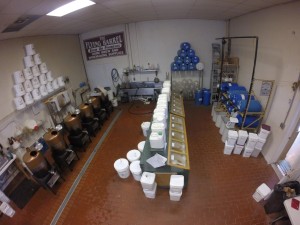
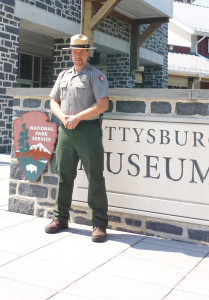 Jeremy Murphy (pictured right) was born and raised in Emmitsburg, graduating from Catoctin High in 1998. He visited both Catoctin Mountain Park and Gettysburg National Military Park on field trips and summer trips, never realizing that he would grow up to become the chief law enforcement officer for the Gettysburg National Military Park and Eisenhower National Historic Site.
Jeremy Murphy (pictured right) was born and raised in Emmitsburg, graduating from Catoctin High in 1998. He visited both Catoctin Mountain Park and Gettysburg National Military Park on field trips and summer trips, never realizing that he would grow up to become the chief law enforcement officer for the Gettysburg National Military Park and Eisenhower National Historic Site.
